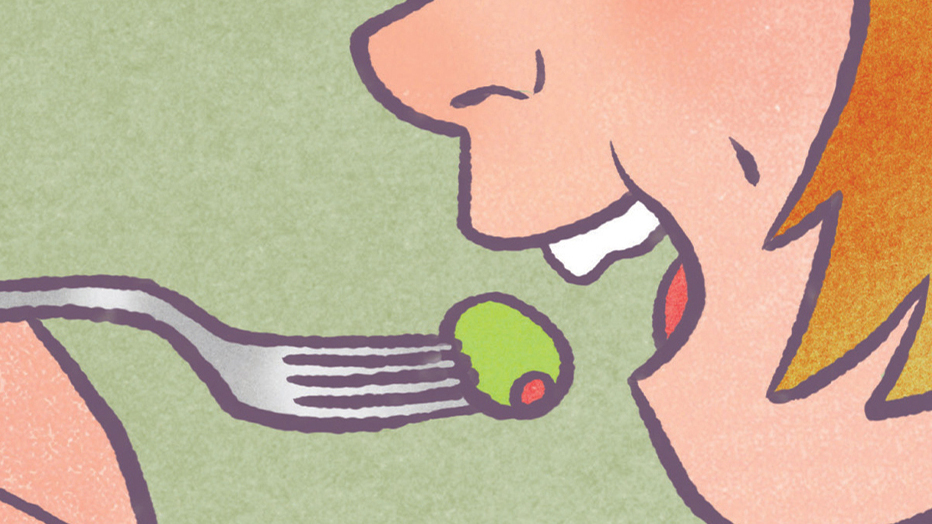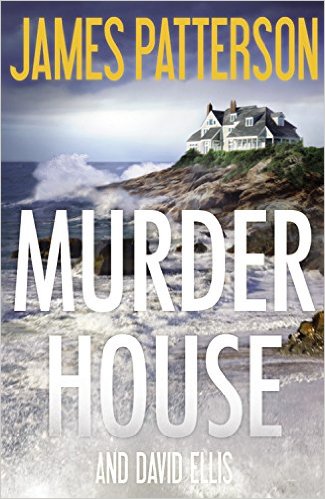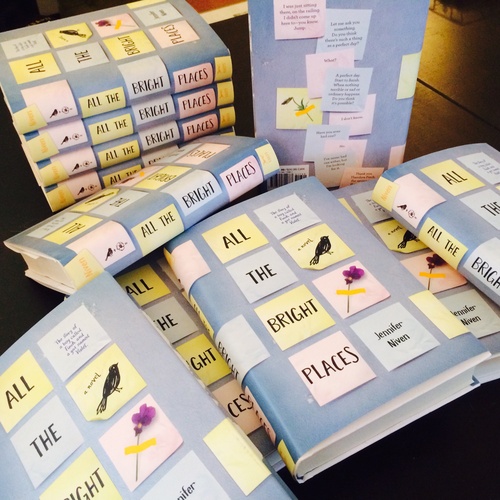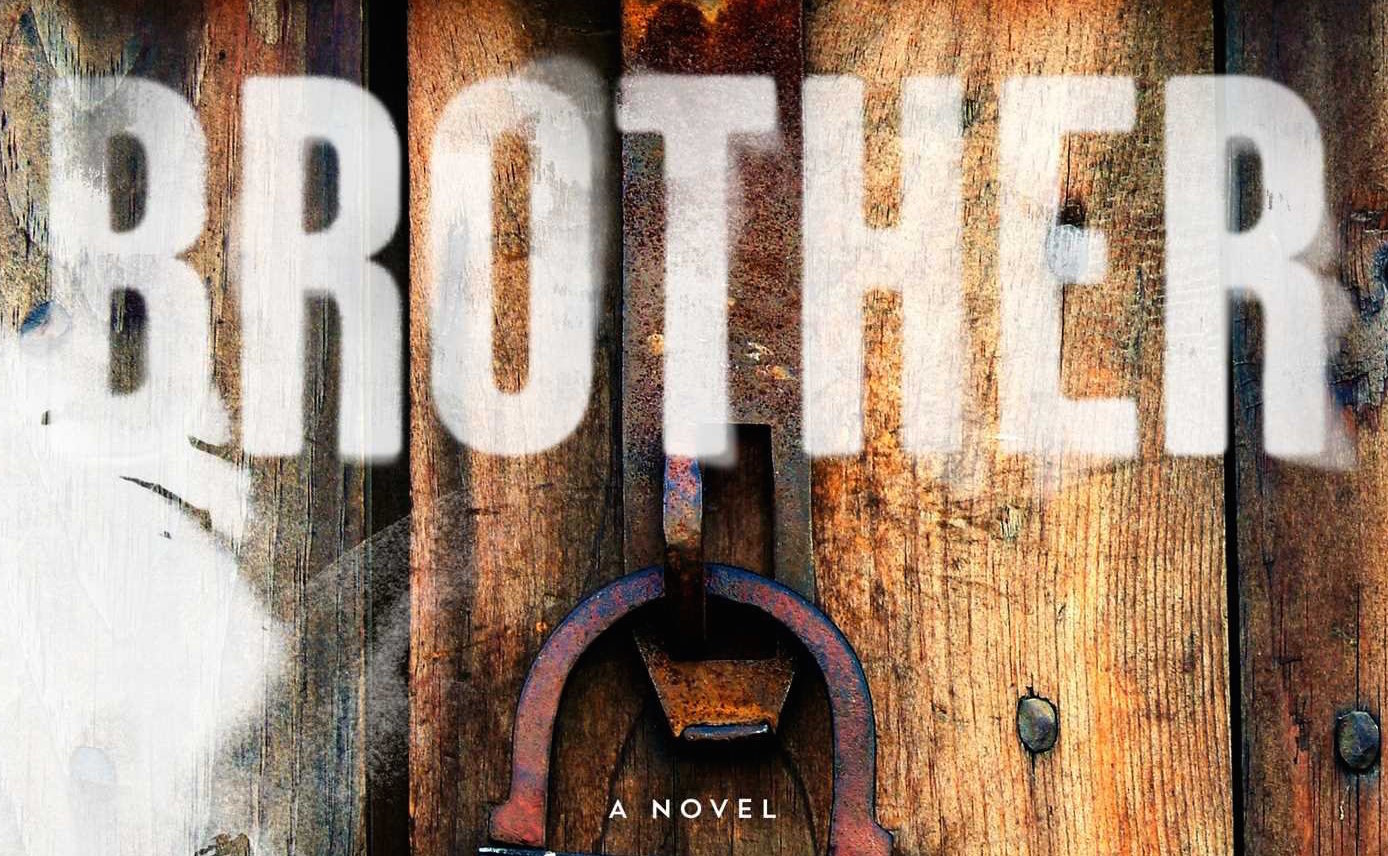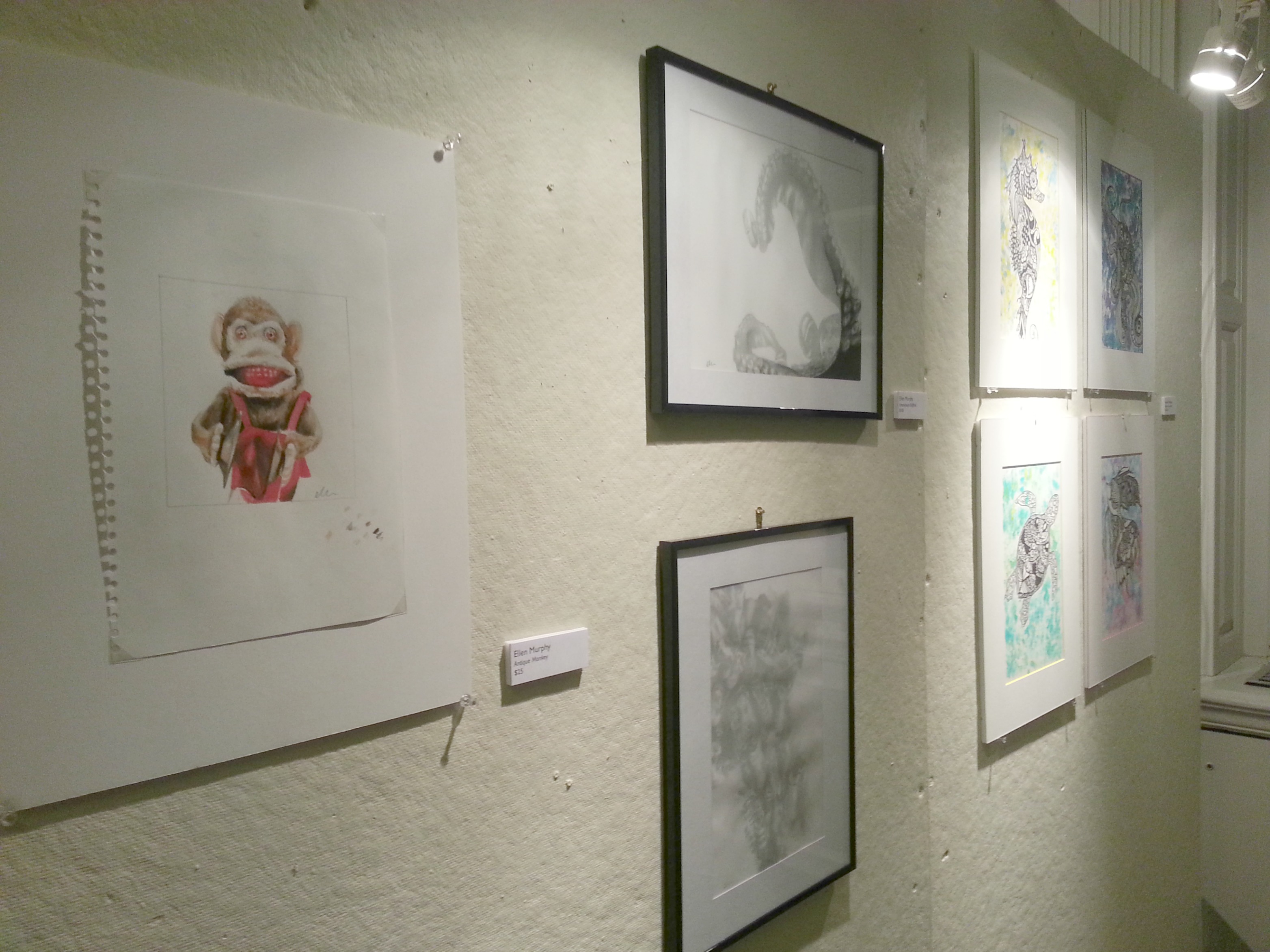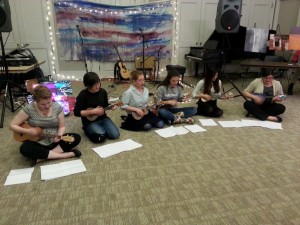As both a book enthusiast and a foodie, I always look for a good read that combines them both, and I honestly believe I have found a book that tackles food honestly. Lucy Knisley’s “Relish: My Life in the Kitchen” is a graphic novel, a memoir, and a cookbook all in one. It may appear to be everything but the kitchen sink, but it is formed so simply and truthfully that you won’t want to put it down.
Knisley, the daughter of a chef and a gourmet, spent almost the entirety of her childhood around good food. She recalls certain moments of her life and how they formed her relationship with food. She speaks about everything food, from moving from the city to the country and learning to adapt to animal mortality to her favorite recipes illustrated in the cutest animated fashion. She even includes a two-page spread on her time as a cheesemonger and how to categorize cheese down to the most miniscule details, all with ironic smiling cheese rinds adorning the sides of the pages.
A novel like this could usually read as campy in its illustration style and pretentious in the topic of discussion. However, Knisley attacks it in such a tasteful way that it doesn’t come off as either of the two. It reads as an authentic view of growing up around great food. An important thing to note is that Knisley is not trying to condescend with her work, she aims to educate and share her passion of food with readers everywhere.
The popularization of the memoir as a graphic novel has catalyzed over the last few years, with works like Marjane Satrapi’s “Persepolis” and Alison Bechdel’s “Fun Home.” “Relish” does not fall short of these well-known works. The tone, though, is much lighter than the aforementioned two, which may make people question its worth compared to more serious pieces. In writing a more comedic piece, Knisley shows that a memoir can be written solely for the purpose of fun. The book is fun to read, the cartoons are fun to look at, and the recipes interspersed throughout are fun to try. Overall, it excels in several genres.
It is a sad truth in literature that we often times do not give less serious pieces the credit they deserve because they are constantly in competition with their dramatic counterparts. I do encourage readers to give “Relish” a try. The story is definitely food for thought, and it gives the reader greater thought for food.
